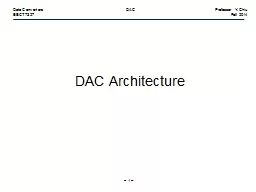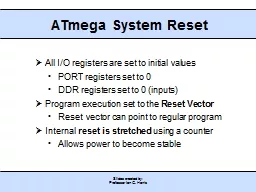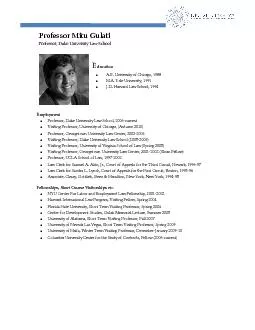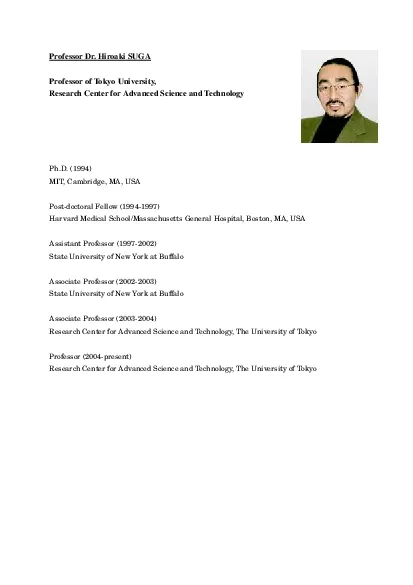PPT-Professor Mads Andenæs
Author : danika-pritchard | Published Date : 2017-10-13
JUS5240JUR1240 Comparative Private Law Going over outline and reading once again Any questions Next lecture 09 October12 NOTE NO LECTURES 12 18 or 25 September
Presentation Embed Code
Download Presentation
Download Presentation The PPT/PDF document "Professor Mads Andenæs" is the property of its rightful owner. Permission is granted to download and print the materials on this website for personal, non-commercial use only, and to display it on your personal computer provided you do not modify the materials and that you retain all copyright notices contained in the materials. By downloading content from our website, you accept the terms of this agreement.
Professor Mads Andenæs: Transcript
Download Rules Of Document
"Professor Mads Andenæs"The content belongs to its owner. You may download and print it for personal use, without modification, and keep all copyright notices. By downloading, you agree to these terms.
Related Documents














